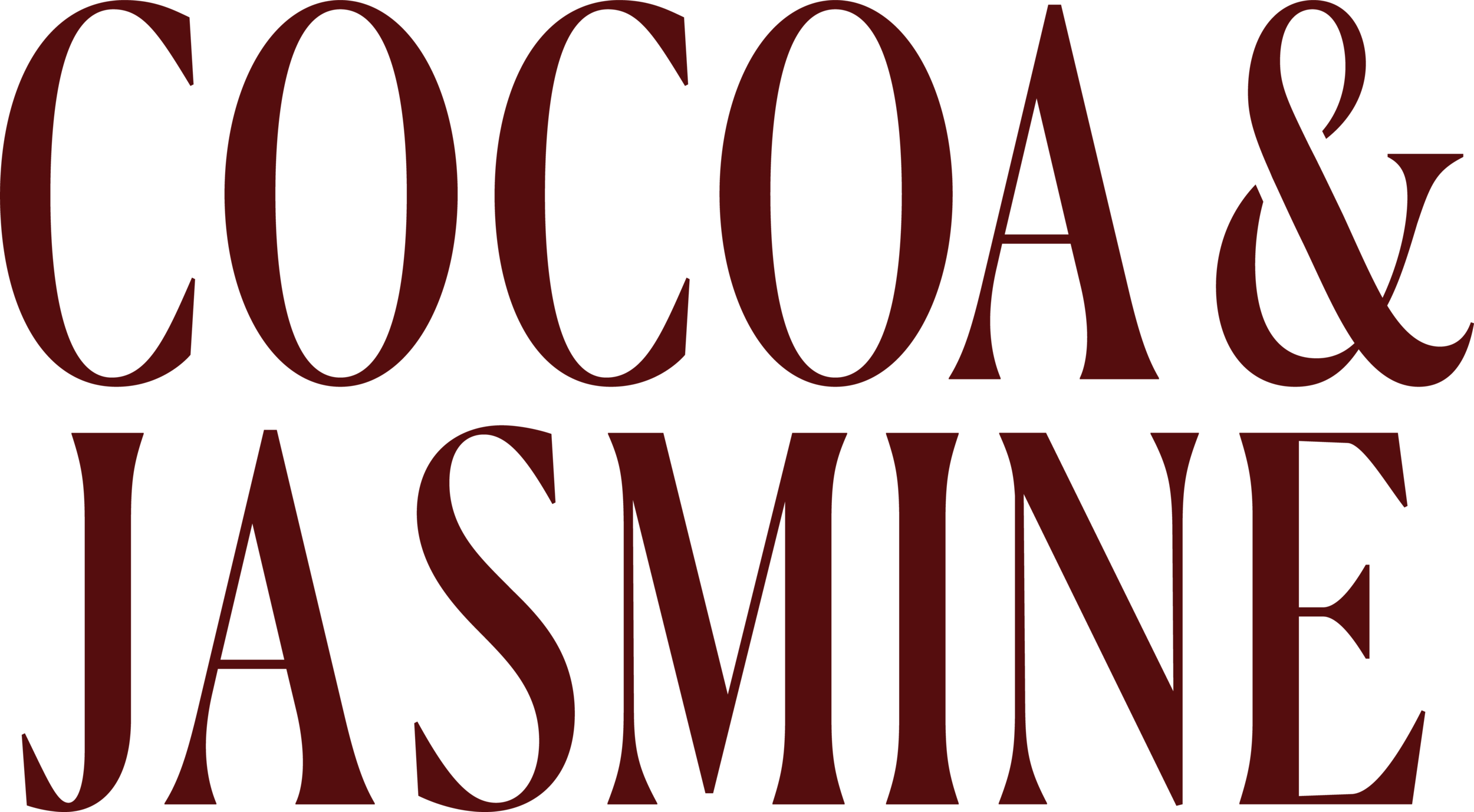A day in Sanganer Textile village
Outside of the main city of Jaipur, lies Sanganer, one of the main hubs for hand dyeing and printing of Indian textiles. Screen Printing is a process used to print large volumes of fabric allowing various intricate patterns with digital and traditional processes. Block printing, on the other hand, is a technique where a wooden block is carved into a pattern and then dipped in a paste of colour and pressed on fabric to leave a motif. Traditionally these patterns are inspired by the flora and fauna. Mostly small flower motifs, birds, animals are used in designing sari borders, kurtas and home textiles. Geometrical patterns are also used after Persian influences to create rather contemporary designs. Blocks of all sizes are made for different results. Printing can be done both on dyed fabric as well as whites. Indigo dying and tie and dye are used in combination with a block to create interesting patterns. Through this photo exhibit, we try to document a day at a workshop capturing the behind the scenes and process of hand printed textiles from Jaipur, Rajasthan. The process of Screen Printing is carried on wooden beds. laid to print yards of fabric at the same time under makeshift sheds in a small workshop which allows artists to work in natural light. Buckets of dyes are prepared to create a thick fluid in several colour combinations to use for both Screens and blocks. These colours could be organic and natural, but sometimes synthetic. Screens are made of designs that are mostly made digitally and printed before they are framed on wooden screens. The process is followed by punching these to create holes that would allow printing.Artisans fix the design on a screen frame after punching. This process involves a few steps as it can be very technical to fix this accurately with the measurements of the frame and fabric. Block Printing is widely used for smaller motifs. Block Printing is widely used for smaller motifs. Blocks are a traditional way of printing and sometimes a variety of combinations and both Screen and block printing are used to get the result. Blocks are both machine cut for more intricate designs as well as handcut for simpler motifs. Designers can be innovative to create floral and geometric patterns of repeats in various sizes with these. The workshop consists of an outside area for drying, mixing, washing which is also covered by handmade sheds as most artisans have to work in warms temperatures and these are good for ventilation. Every workshop has stacks of White Fabric, bought in various weights and qualities, which serves as a base before dying. These fabrics are bought in bulk to save costs and supplied by local vendors. Machines are used to roll white fabric on these electronic washers. Treatment is required to sometimes soften the fabric and get rid of starch and dirt before dying or printing. White Fabric is then dried in outside sheds in natural sunlight before it is used for printing. This process also loosens the fabric giving it the fluidity it needs. The fabric is stretched, measured and cut after washing and drying on wooden frames before it is laid to print. This process needs skill and strength. Finally, the process of printing starts when the Artisans choose the screens they will use in repetition and lay the washed and stretched fabric on wooden beds, sealing them from all sides for accuracy. Here, Artisans are working on the first layer of the printing by forming single colour repeat patterns. Before the next layer of colour, these are dried so two colours do not leak into each other. A closer look at the first print. One can see that this is incomplete as another layer and more colours will be added to other screens on top of this. After all the layers of printing, the final design is ready. You can notice, that the first layer of the blue pattern is still visible beneath the indigo layer and white flowers that are block printed. After several times of printing, the beds have layers of vat dye on them and are left open to dry. Most of these rooms are dark as the screen should not be over exposed to light. A cemented washing area is used to wash used screens to un-colour them. This has high pressure water with detergents that clean the dye of the screens that are then ready for next round of printing. The dyed fabric also needs washing several times after printing so the extra colour can bleed and the true colours of the fabric can be seen. This fabric is also sometimes starched. Cold water dipping is also a technique used for certain kind of fabrics to allow the extra vat to discharge and colour bleeding. Fabrics are then ironed, starched and cut for markets. A variation can be seen in colours using the same blocks in different repeat patterns. Usually 3-4 blocks are created to make different parts of the same design. Here one can see 3 layers on the base.The most common motifs are floral repeats in traditional bright colours. These can be played around with different sizes, patterns and composition. Sometimes the same block can create so many results.Here one colour screen has been used on the base fabric dyed using indigo. These geometric repeats are also floral in style. Only two layers are used, making it more cost and labour affective.
CURATE A DAY IN JAIPUR
Let us curate a cultural day in Jaipur for you.
We curate bespoke experiences themed around art, design, crafts, architecture and food









